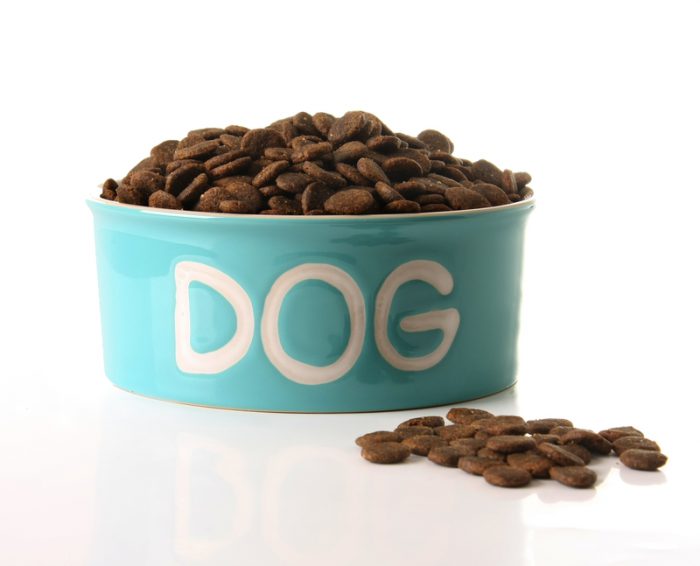As we become more aware of what drives climate change, the meat industry gets more attention for its own emissions. Livestock (such as cattle and pigs) produce between 14.5 and 18 percent of the world's greenhouse gases. That's about 1 in every 6 tons of gas emitted.
Because of this, many people are calling for us to eat less meat. Suggestions on how to change our diets range from veganism and vegetarianism, to entomophagy. That's eating insects. But that gas-making livestock? It's not just for human meals. It's also for our pets.
Dogs and cats are carnivores, and recently the demands have gone up for high-quality meats in our pet food. This means that our pets actually consume a lot of beef, pork, and chicken products, giving them their own big carbon footprint. Can you tell where this is headed? (Of course, you can—you read the headline!)
Is it time for insect-based pet food, too?
The revolution has already begun
Cricket larvae being raised at Entomo Farms. (Getty Embed)
There are certainly companies that think so. Insect-based pet food has been available for a while in countries like Germany. Entomo Farms, a cricket farm company in Norwood, Ontario, has a page on its website calling for partners to help them make insect-based pet food that "will maximize nutrition for pets while reducing the ecological footprint." And in the United Kingdom, a company called Yora has just launched the country's first bug grub for dogs.
Or should we say, the first 'grub grub'!
The grubs are gently dried and then ground into a flour, or powder. (Getty Embed)
This kibble is made from actual grubs—specifically, the larvae of Hermetia Illucens, or black soldier flies. The larvae themselves feed on vegetarian food waste (scraps that would normally just be thrown into the compost). They are then dried, ground into a protein-rich flour, and blended with potatoes, beets, and oats to make the dog food.
Everything about the process—from what the grubs are fed to the types of vegetables blended into the mix—have been chosen to leave the smallest possible carbon footprint. So what's not to like?
What's bugging you about bugs?
Human or animal, we all might be eating more bugs in the near future. (Getty Embed)
That depends on your perspective. For some, this type of pet food is the way of the future. But others worry that animals that are used to consuming larger animals are missing out on the nutrition that they need. What does science say?
It's early in the game, and more testing needs to be done to understand the differences between a dog raised on an insect-based diet rather than a conventional one. But there is reason to believe that a properly engineered insect-based pet food can be every bit as healthy as one made from beef, chicken, or fish. And one thing that can't be disputed? Raising insects uses a fraction of the water and land that traditional livestock does.
Spot? Are you ready for your bugs, buddy?
 What's in YOUR bowl, Crackers? (© Barbara Helgason - Dreamstime.com)
What's in YOUR bowl, Crackers? (© Barbara Helgason - Dreamstime.com)










my dog will eat the bugs. i love bugs, I want the chocolate bar. I want a peanut butter bar. If it’s chocolate and peanut butter, I’ll eat anything!!